Saturday, July 24, 2010
Martin Oeggerli Revealing The Secret Life Of Pollen
Jan
“His use of colour enhances the veracity of the image along with the sensual experience of looking at something you have never seen before. He reminds us of the miraculousness of nature.“ James also appreciated Oeggerli’s passion for the natural world. “His curiosity becomes our curiosity. He is not simply making beautiful images, he is exploring the natural world at the intersection of science and art.” Oeggerli was involved in writing the captions for his gallery. “We wanted to point out that pollen are male sperm cells and they need to find a mate, to find their way to the egg cell,” Oeggerli said. “There are far fewer eggs cells than pollen, so there is also a dramatic journey, which is sometimes very long, going over thousands of kilometres in the air or very adventurous, such as sticking to a leg of a little insect.Pollen may be associated by many of us in spring with hayfever, but as Swiss scientific photographer Martin Oeggerli reveals, it has a whole hidden life.Delving into the miniscule world of pollen, the “micronaut” shows that the grains are in fact very varied and very beautiful. His work recently featured in National Geographic, which devoted a whole article to the topic of pollen, along with an Oeggerli gallery. He is only the second Swiss photographer to feature in the prestigious magazine.
As the micronaut, Oeggerli uses scanning electronic microscope (SEM) images to capture what is usually barely visible to the human eye. During a recent pollen awareness event in Zurich, where he was presenting some of his pictures, he then colours the images using a secret formula, spending up to 20 hours per picture. The result is both stunning and unexpected (see gallery).
“During my project on pollen I began to realise that this pollen universe is so beautiful that I would like to take the chance and send some images to National Geographic just to see if they would be interested or not,” said Oeggerli, an avid reader of the magazine.
The youthful looking 36 year old works on his images part time, as by day he is a Basel hospital molecular biologist. He has won many awards for his work. But he was nevertheless surprised to be accepted for the December 2009 magazine edition.
Todd James, Senior Photo Editor at National Geographic, said that he was impressed by the subtle, natural colouration of micronaut’s work.
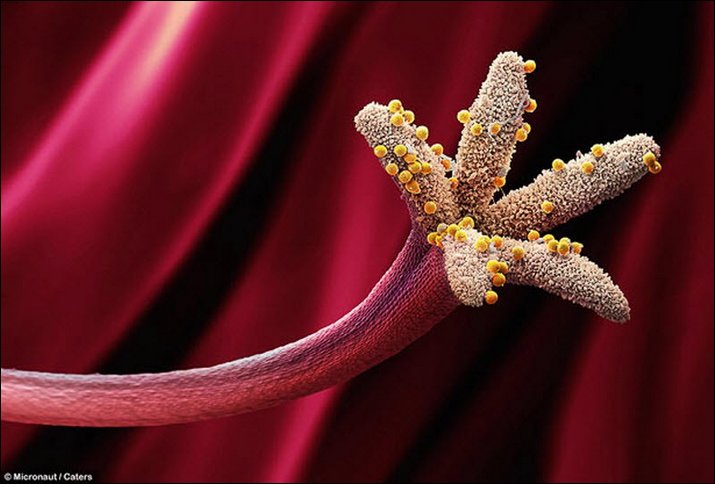
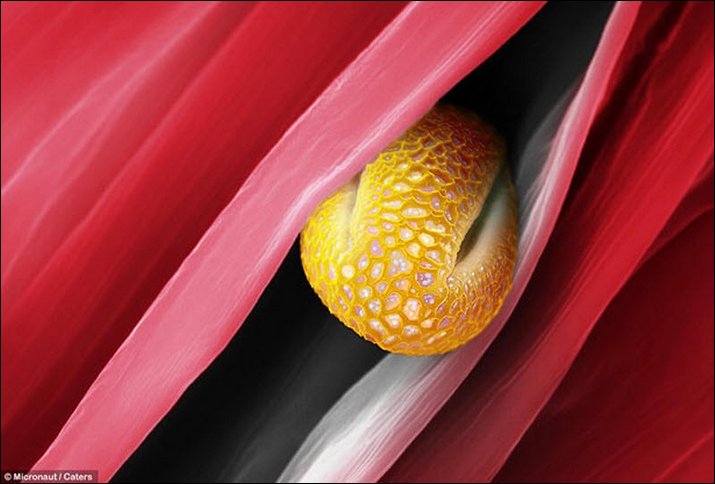
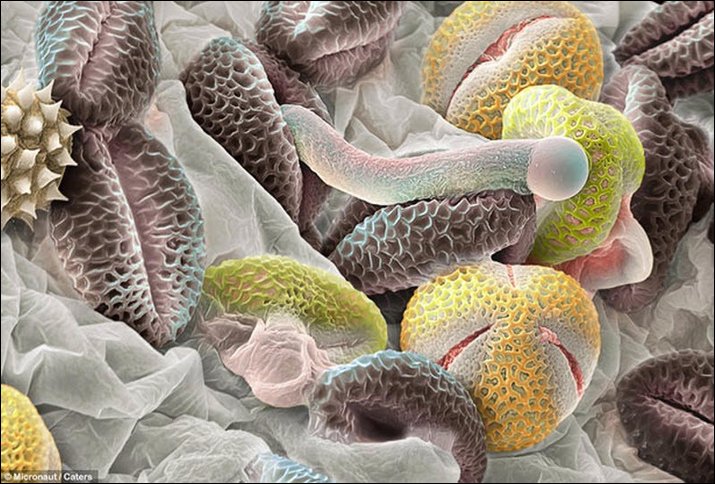
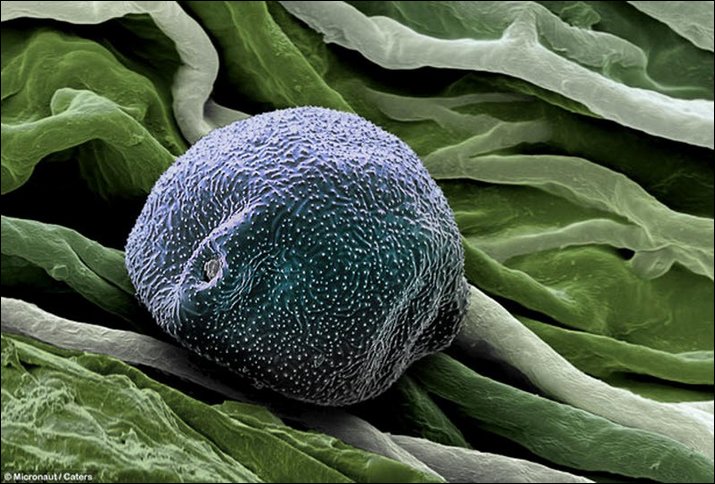

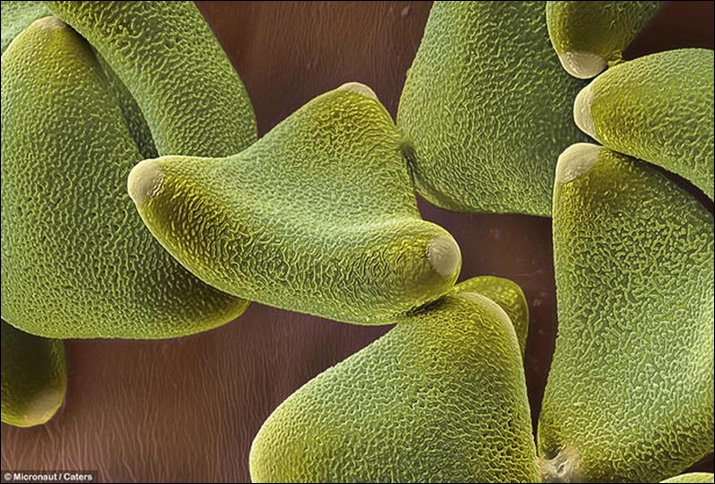
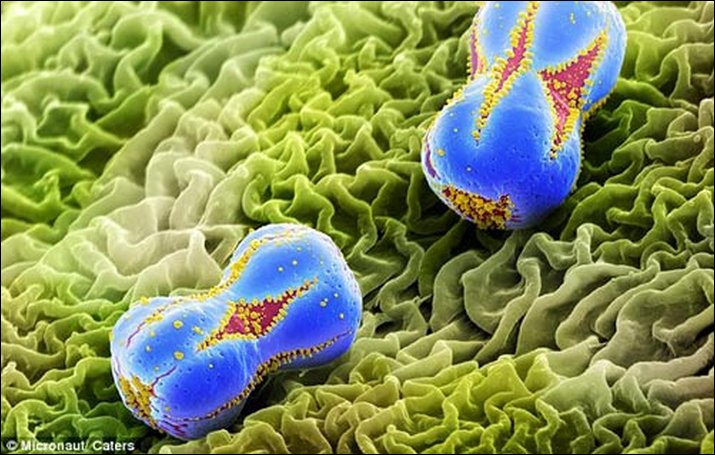

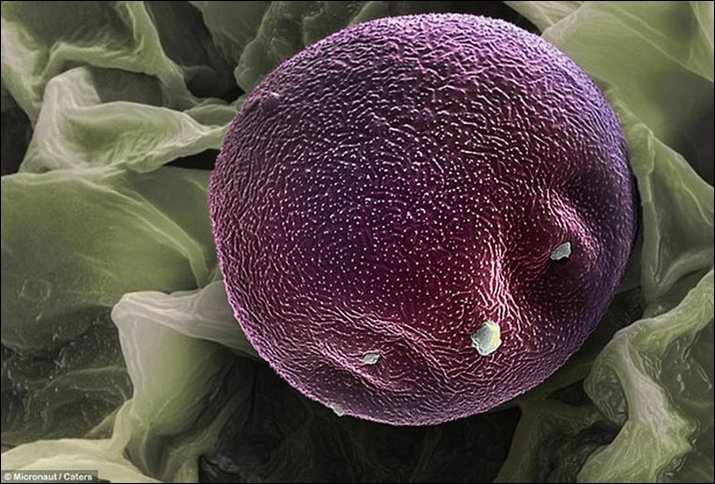
SEM images start off in black and white and capture incredible details not visible through traditional light transmission microscopes, he explains. Like images from space, false colour is added after the images are recorded. Many SEMs are coloured too garishly, using colours that do not exist in nature. But Oeggerli’s were different.
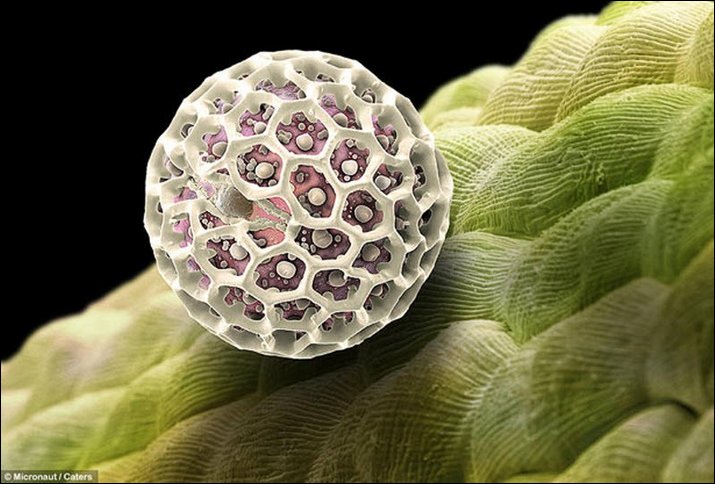



No Comments Yet
Related Posts
Post a Comment
Comment please let me know your opinion